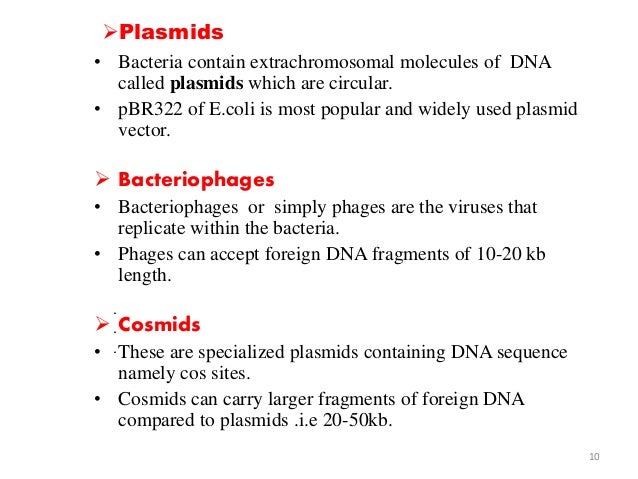

The F plasmid is smaller in size and does not have its own replication set up thus it is an episome that is inserted into the bacterial chromosome for doing replication and transcription. Interestingly, only a single F plasmid is present in each bacteria, a bacterium carries the F-plasmid is known as F+ and the rest are F-.Ĭonjugation between the F+ and F- plasmid results in two F+ plasmid production that gives power to bacteria for doing conjugation. Some of the different types of plasmid-based on their function are given below,Īlso known as the fertility plasmid is a type of conjugative plasmid that helps the bacteria to transfer genes through the process of conjugation. The plasmid also helps in replicating the bacterial DNA in some harsh conditions. It kills other host cells by producing toxic proteins and also protects its own cells by developing resistance or killing the foreign organism. The plasmid DNA helps in the survival of the organism. The plasmid DNA contains an origin of replication, antibiotic resistance gene, promoter sequence and restriction digestion site. Structure of plasmid DNA:Īs we said, a plasmid is circular DNA that possesses several important genes and DNA sequences that are not present in a bacterial own chromosome. The plasmid can be used in many different types of species for gene transfer and gene therapy experiments. It can remain stable for a longer period of time as in a purified state or in the bacterial cell. The size of the plasmid DNA is generally 1kb to 2 kb (used in genetic research), the smaller size of it makes it easy to create and modify for genetic engineering.Īlso, the stability of the plasmid DNA is very high. The plasmid is a self-replicating element that is inherited in each bacterium during cell division.

One of the important properties of the plasmid DNA is the horizontal gene transfer through the process of conjugation. The size of the plasmid varies from several Kelo basepair to several megabase pairs, depending on the type of plasmid.

It contains an antibiotic resistance gene for the survival of bacteria which helps in developing resistance against some natural antibiotics.Ĭopy number of plasmids: smaller plasmids are few in number and only a single larger plasmid is present in each bacterium. It is considered as replicons– contains an origin of replication, thus it is self-replicating. The plasmid DNA is a circular molecule made up of double-stranded DNA. The plasmid DNA has several distinct properties which make it unique in nature. Plasmid DNA is also present in some smaller eukaryotes and archaea. “A circular double-stranded DNA present in the cytoplasm of a bacteria that replicate independently from the bacterial chromosome is called a plasmid DNA.” The general structure of bacteria contains plasmid DNA as well as chromosomal DNA. The plasmid DNA contains several important genes for the survival of bacteria. The bacteria is a single-cell organism that has a bacterial chromosome made up of DNA as its genetic material.īesides this, the bacteria also contain a circular DNA in the cytoplasm of the cell called plasmid DNA. The unicellular organisms are called prokaryotes and the multicellular organisms are called eukaryotes.īacteria and viruses are common prokaryotes. Plasmid DNA and recombinant DNA technology:Ī cell is a building block of life on earth, some organisms are unicellular- only have a single cell and some are multicellular- contains many cell types.So let’s start with some basic information on a plasmid,
DIFFERENCE BETWEEN PLASMID AND COSMID HOW TO
In the present article, we will talk about plasmid DNA and how it is used in recombinant DNA technology.įurthermore, we will understand how to construct it and what are the different types of plasmids used in the different experiments. The artificially synthesized plasmid DNA is a key ingredient for the production of Genetically modified plant species, therapeutic drugs and proteins. The unique property of self-replication makes it unique and available to use in different molecular genetic research such as gene therapy, gene transfer and recombinant DNA technology.Ī gene of interest or a therapeutic gene is inserted in a plasmid DNA and transferred into the target cell for studying the function or expression of a gene.įor a molecular geneticist, it is very important to understand what actually the plasmid DNA is and how scientists are using it. “The plasmid DNA is a bacterial smaller, circular and extrachromosomal DNA, replicate independently- used in the genetic engineering and recombinant DNA technology.”


 0 kommentar(er)
0 kommentar(er)
